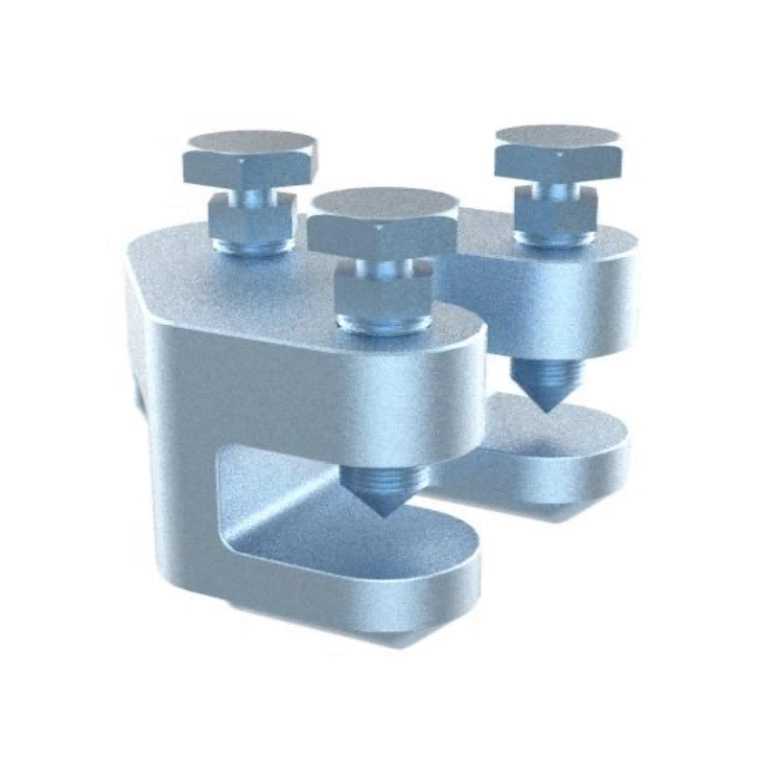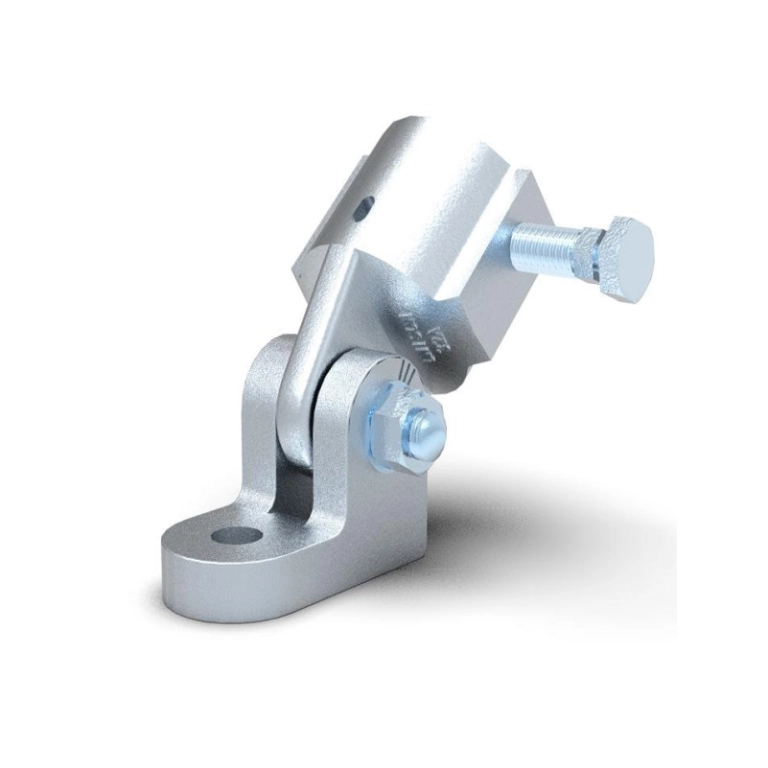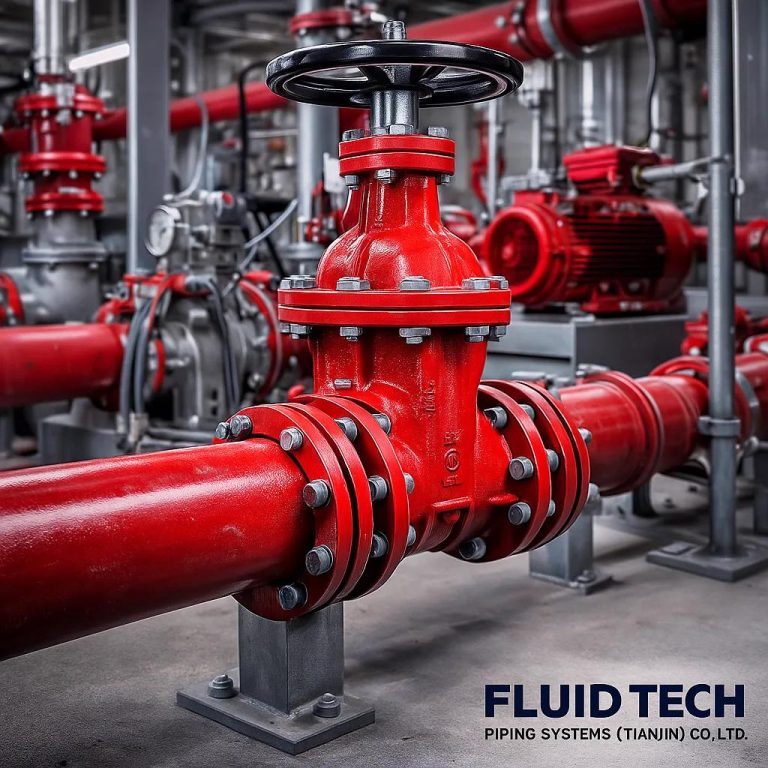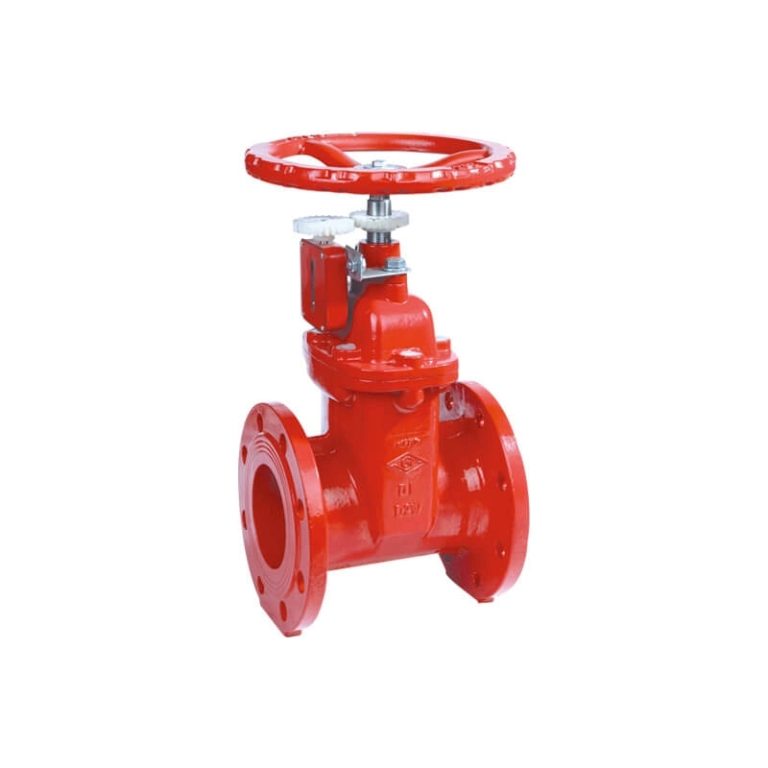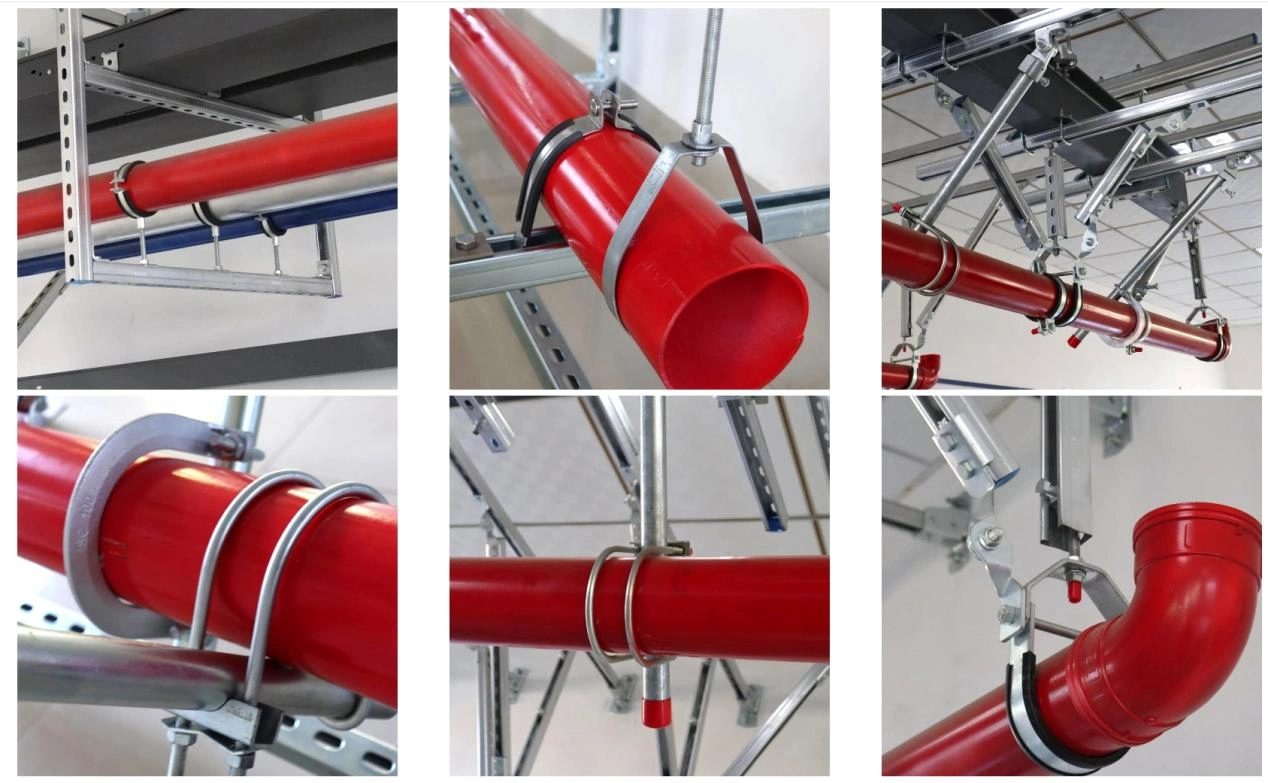
Earthquakes hit fast. They shake the ground hard. And they push every building to its edge. Right after the first jolts, bigger risks pop up. These come from side effects like fires. Such blazes start from busted gas pipes or knocked-over power gear. Fire protection setups take the front spot here. They include sprinklers, valves, and pipe runs. But if those fail from the quake’s push, trouble grows quick. That’s when seismic bracing steps in. It locks down key parts. This keeps them working even as the ground bucks. We pull from solid engineering basics and real-world tests here. This piece digs into seismic bracing’s job in fire safety after quakes. We use a full-systems view. It covers the how-to, the dangers, and the tied-together plans that toughen up structures.
What Is Seismic Bracing and How Does It Work?
Seismic bracing means the gear and setups that hold building lines steady. It targets fire suppression pipes against side pushes in a quake. Picture it like a grid of ties. Rods, clamps, and channels take in energy. They shift it away from weak spots in pipes. These don’t just pin things down. They let a bit of give in safe ranges. This stops breaks or drips that could knock out the whole fire fight.
The heart of it sticks to set rules. Think IBC or NFPA 13 for sprinklers. Pros figure out loads from things like pipe width, liquid heft, and ground speed bumps. Take high-shake spots in California, for example. Braces there handle pulls like 1.5 times the pipe’s pull times the shake factor. That’s often 0.5g or more. Short ties, up to 12 feet, hook right to beams. Sway types reach out farther. They fight back-and-forth wobbles.
This isn’t stiff at all. Bendy links and U-bolts allow small slides. That cuts build-up of strain. In the field, a standard job might use clevis hangers up top. And c-channel struts on the sides. Pipes rock with the place. But they hold links. So they’re set to kick in if heat starts.
The Hidden Threat: Earthquakes Igniting Fires
Few shakes show the push for tough fire guards like the 1906 San Francisco one. That dawn, the jolt knocked stacks and cracked gas feeds. But the flames did the real burn. They fed on snapped water lines. Over 28,000 spots went up. And most of the 3,000 lost came from that fire spread.
Jump to Northridge in 1994. Sprinklers at Olive View Hospital quit. Unheld pipes gave way. A tiny spark from wires grew for hours with no check.
These hits point to a clear trend. USGS stats say in mid-to-big shakes, fire hits up to 10% of spots. It stems from line breaks. No steady water means no hold on blazes. Japan learned hard after Kobe in 1995. That took 7,000 in fire tolls. But follow-up looks show braced gear drops fails by 70% in tall stacks.
The link is plain. Ground twists rip pipes from holds. Bursts follow. Water spills out. It shorts wires and lights fires. Or gas slips free, unseen. Bracing breaks that loop. It keeps the setup whole. Time opens up for folks to get out. And crews to box in the heat.
Building Resilience: A Systems Approach to Seismic Bracing
One brace alone falls short. Real guard needs a full tie-in. Bracing blends right into the wide fire web. This views the build as one linked unit. Pipes, valves, pumps, and buzzers all pull together in the pinch.
Key Components of an Integrated System
Solid seismic fire guard rests on matched parts. Here’s the split:
| Component | Function | Material/Feature Example |
|---|---|---|
| Longitudinal Braces | Resist motion along the pipe axis | Steel rods with turnbuckles for tension |
| Transverse Braces | Counter perpendicular forces | C-channel struts with welded end plates |
| Hangers & Clamps | Provide vertical and lateral restraint | Malleable iron clevis with FM/UL approval |
| Anchors | Secure to concrete or steel structures | Expansion bolts rated for 1.5x seismic load |
| Flexible Couplings | Absorb differential movement | Grooved fittings with EPDM gaskets |
These bits weave a net. Space comes by pipe scale. Every 40 feet for big mains. Tighter for offshoots. In a clinic update, say, pros add beam hooks. They link braces to old I-beams. This matches the frame’s own rock patterns.
Design and Installation Principles
Design kicks off with spot checks. Tools like ETABS map the build’s give to waves. They spot rock points where braces help most. Rules set base brace numbers. One along and two across per 100 feet of line.
Setup goes in steps. Start with a scan for blocks like vents or air handlers. Then cut custom runs off-site. That cuts mix-ups. In place, tighten bolts to mark. Like 60 ft-lbs on half-inch rods. And check with tug trials. Six-month looks catch rust or slack. Key in shore spots where brine speeds eat.
This all-in way goes past parts. It pulls in splits. Break systems into cut-off chunks. So one slip doesn’t roll on. In a flat-storage redo out west, that kept 80% of heads going after a mock 7.0 hit. Shake-board runs proved it.
Real-World Impact: Lessons from the Field
Builds around the globe show bracing’s win. Look at Red Sea International Airport in Saudi Arabia. Done in 2023. Wide bracing on tap and head lines took design shakes in mocks. Water pushed through even if paths cracked. Teams set over 5,000 feet of held line. With stamped holds that doubled as heat-give joints.
Over in Mexico’s Ennea Hotel, opened 2023. Braces watched guest sprays. In a small jar last year, it stood pat. No drips. No stops. Bosses said zero code flags in checks. They point to the match with local shake rules.
Numbers back the tales. A FEMA look at held versus loose updates in LA cut fix bills by 40%. Fire pops fell 55%. For site heads, that means less claim hits. And quicker back-ups. Pros in shake belts now bake bracing into quotes. They see it as must-have, not extra.
Think of a server farm in the Philippines. Like the 2023 Ana Polanco flats build. Steady cool and fire hold are musts. Braces on chill lines stopped fake blackouts. Those could wipe millions in board harm. Site notes said setup in under two weeks. Pre-cut bits made it smooth. Big score for rush jobs.
These spots drive home a fact. Bracing goes beyond hang-on. It keeps runs going. Guards goods. And builds faith in what we make.
Spotlight on Fluid Tech: A Trusted Supplier in Fire Seismic Bracing
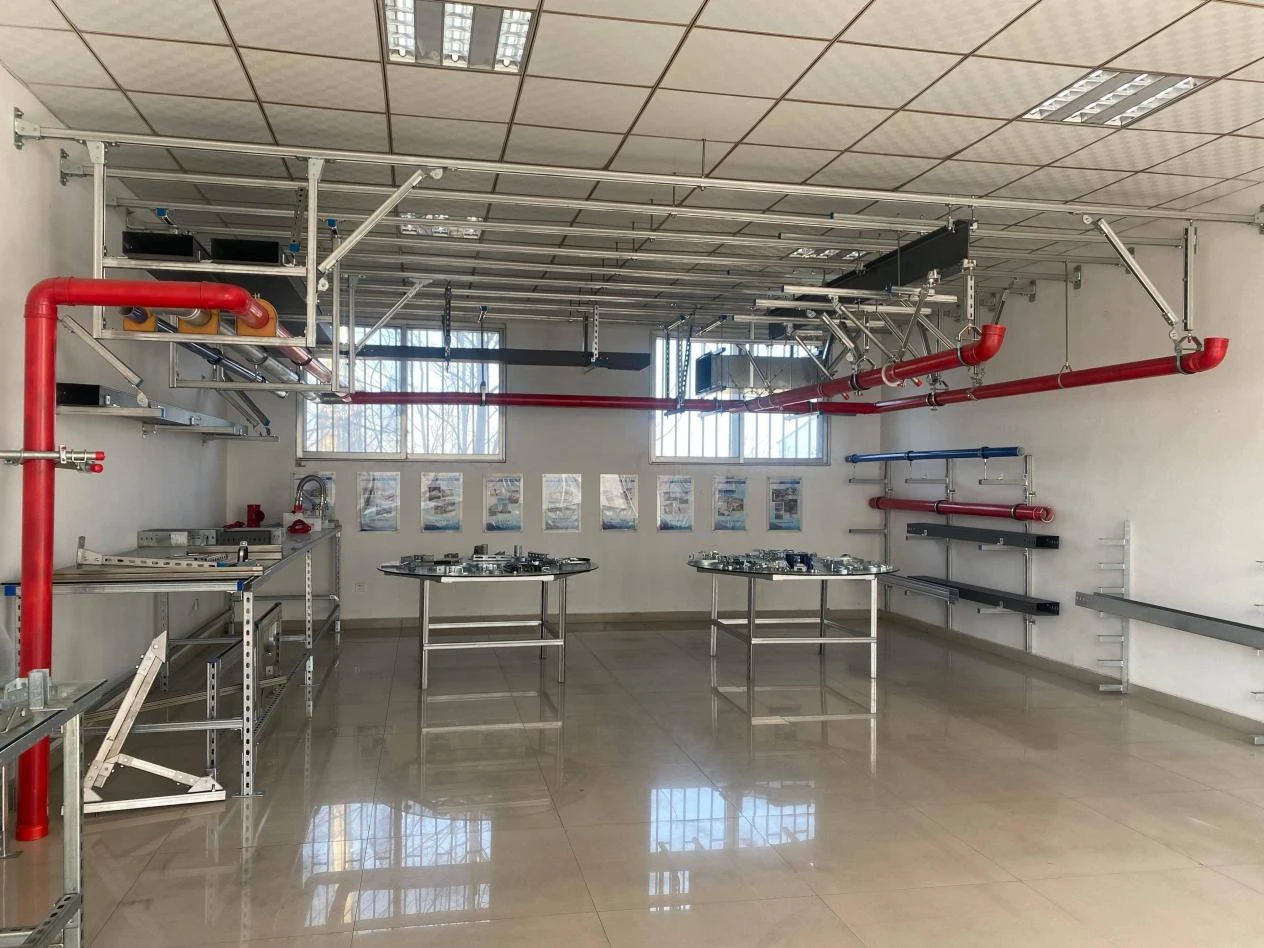
For pulling in steady seismic bracing gear, Fluid Tech Piping Systems (Tianjin) Co., Ltd. shines. It’s part of the Fluid Tech crew. Started in 2018. It taps years in fire guard know-how. They offer stamped parts—FM, UL, LPCB, VDS—for world jobs. Lineup hits C-channels, frame hooks, holds, bolts, line hangs, beam links, clevis types, elbow hangs, and P-clamps. All built to mesh with set fire webs.
Fluid Tech’s way stresses full-shop buys. From bendy iron fits to give hoses. Backed by hard checks like pre-ship water pushes and outside stamps. They’ve fed setups for mixed builds. Like Uganda’s Kids’ Clinic in 2020. Hangers and links locked kid rooms. And Saudi’s Iron Mill job. Sent held channels that hit tough plant rules. Ties with 100-plus build outfits mean cheap, rule-fit fixes. They put after-shake work first. The Tianjin plant—ISO and SGS stamped—gets every bit field-set. Cuts place-side pains.
Conclusion
Seismic bracing builds the spine for fire safety after quakes. It turns weak spots to strong ones. This comes from planned, full-design work. It locks fire setups against the wild unknown. So it cuts risks that dog shake lands for years. As stacks climb higher and knot tighter, this all-tied mind-set turns key. No longer just nice-to-have. Site owners and pros who pick it put cash in saved lives. And cut jams. Proof that up-front plans bring calm in the storm.
Frequently Asked Questions
What exactly does the role of seismic bracing play in post-earthquake fire safety?
Seismic bracing locks fire suppression lines and bits against rock forces. It stops snaps that could shut heads or gates just as heat needs them. Water keeps on to wet new starts. Braced setups held 80% work in mock hits, as trials show.
How does a systems approach enhance the effectiveness of seismic bracing for ensuring post-earthquake fire safety?
A systems approach welds bracing to the whole fire net. Hangers, holds, and links pull as one. It lines up with the frame’s sway. And it factors splits and pull trails. That trims fail odds by up to 70%. Draws from looks at hits like Kobe.
Why integrate seismic bracing early in fire protection planning?
Pull it in soon to skip steep add-backs. And hit rules like NFPA 13. There, braces take set speeds. Jobs like Mexico’s Ennea Hotel prove it smooths sets. Boosts long-haul hold without looks trade-offs.
Can seismic bracing handle varying building types and seismic zones?’
Sure. Plans scale by belt. Tighter in hot spots like the Ring. Parts like tweak rods fit stores or clinics. Fluid Tech’s stamped range backed spots from strips to pads the world over.
What maintenance steps keep seismic bracing effective for post-earthquake fire safety?
Six-month scans spot rust or free bolts. Add year-pull trials for pull check. This ahead work—from trade marks—stretches run life. And backs punch in true pins.

